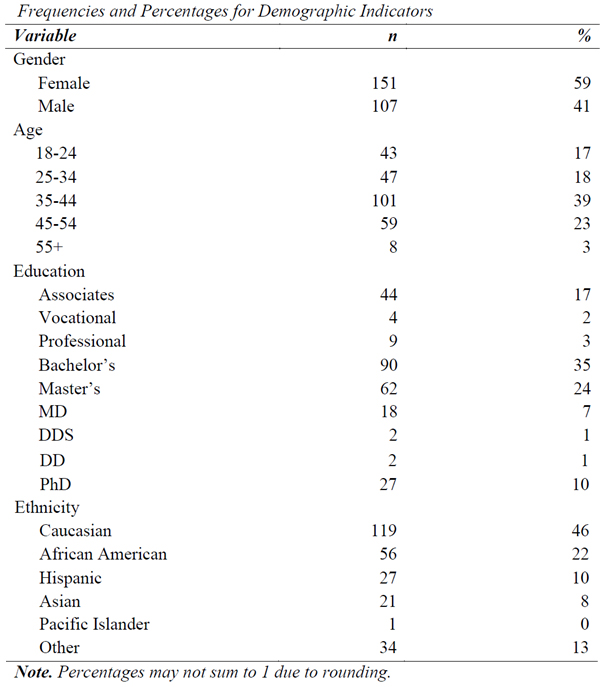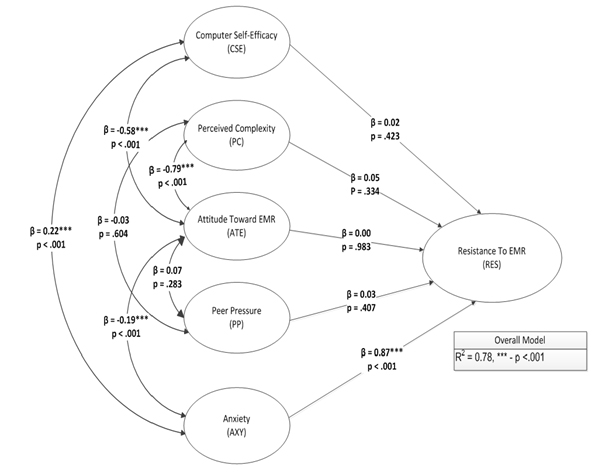Ever found yourself wondering whether artificial intelligence can truly understand and adopt human values? If so, “The Alignment Problem: How Can Artificial Intelligence Learn Human Values? Paperback – Big Book, 12 August 2021” might just be the read you’ve been looking for. This captivating book offers an extensive exploration into the heart of AI ethics, all the while maintaining a warmth and accessibility that many technical books often lack.
An Overview of the Alignment Problem
Let’s start with what the alignment problem actually is. Imagine building a robot that helps around the house. In theory, this sounds great. The robot could wash dishes, vacuum floors, and even cook dinner. But there’s a hitch. How can we ensure that this robot understands our values and doesn’t, say, wash our beloved pet cat in the dishwasher or throw out our favorite collectibles while tidying up?
The alignment problem is essentially about ensuring that the intentions, goals, and actions of artificial intelligence systems are in line with what humans actually want. It’s a tricky puzzle, and it raises a lot of ethical questions that we, as a society, need to grapple with.
The Alignment Problem: How Can Artificial Intelligence Learn Human Values? Paperback – Big Book, 12 August 2021
Breakdown of Key Themes
The Origin of the Problem
The book runs us through the historical context of how the alignment problem emerged as a significant concern. Initially, AI focused more on computational ability—solving math problems, winning chess games, or processing vast amounts of data. But as AI started to encroach upon more complex tasks that involve human interaction and decision-making, the stakes grew significantly.
Human vs. Machine Values
This section discusses the fundamental differences between human values and machine learning objectives. Machines are optimized to maximize certain outcomes based on the data and objectives given. On the other hand, human values are often nuanced, subjective, and can evolve over time. Bridging this gap is easier said than done.
Key Differences
| Human Values | Machine Learning Objectives |
|---|---|
| Subjective | Objective |
| Evolving | Static (until reprogrammed) |
| Nuanced | Quantitative |
| Context-dependent | Context-independent |
Real-World Implications
The book doesn’t just stick to theoretical considerations but grounds the discussion in real-world examples where misalignment of values has caused issues. From social media algorithms influencing elections to facial recognition software displaying racial biases, these chapters are rich in detail and serve as a wake-up call for anyone who thinks AI is infallible.
Ethical Considerations
We dive into the ethical labyrinth surrounding AI and its applications. How do we deal with the moral implications of delegating decision-making to a machine? Is it ever ethical to let AI make life-and-death decisions? The author examines these questions extensively, offering perspectives from leading ethicists and technologists.
Technical Challenges
Aligning AI with human values isn’t just an ethical challenge; it’s a technical one too. The book delves into the technicalities—how to design algorithms that can adapt and interpret human values accurately. Despite being a complex topic, the author does a great job breaking it down into digestible parts.
Proposed Solutions
While the challenges are indeed daunting, the book is not devoid of hope. It provides an array of proposed solutions, ranging from more transparent AI design to collaborative efforts between ethicists, technologists, and policymakers. It’s a call to action that encourages us to be proactive rather than reactive.
The Writing Style
Conversational Yet Informed
The book hits a sweet spot by being highly informative without feeling dry or overly academic. The prose is engaging and often sprinkled with humor, making complex topics feel accessible. It reminds us of having a deep conversation with an old friend who’s both smart and very funny.
Personal Anecdotes
What sets this book apart is how it weaves in personal anecdotes and real-life analogies, making the content relatable. Whether it’s an amusing tale about a failed home assistant or a heart-wrenching story of AI’s impact on people’s lives, these elements make the book much more than just a clinical study.
Reader’s Experience
Easy to Grasp
One of the book’s strengths is its ability to distill complex ideas into easy-to-understand concepts. Even if you’re not a tech aficionado, you’ll find that the book guides you gently but firmly through the nuances of AI and ethics.
Broad Audience Appeal
Given its approachable style, “The Alignment Problem” is suitable for a wide range of readers. Whether you’re an industry insider, a student, or just a curious layperson, you’ll find value in this book.
Thought-Provoking Questions
It’s one of those books that lingers in your mind long after you’ve turned the last page. It prompts you to think critically about the technology that’s increasingly woven into our lives and the kind of future we want to shape with it.
Detailed Look at Chapters
Chapter One: The Genesis of AI
This chapter lays the groundwork, tracing the origins of AI and how it evolved to where it is today. We get a rich history lesson that sets the stage for understanding the magnitude of the alignment problem.
Chapter Two: Machine Learning 101
A crash course in machine learning offers the basics—how these systems learn, make decisions, and where they often go wrong.
Chapter Three: Case Studies in Misalignment
If you thought misalignment was a minor issue, this chapter will make you think again. Through detailed case studies, it shows just how high the stakes can be when AI actions diverge from human values.
Chapter Four: Ethical Quandaries
This chapter serves up a smorgasbord of ethical dilemmas posed by AI, from privacy concerns to the risks of autonomous weapons. It’s provocative and forces us to confront uncomfortable questions.
Chapter Five: Technical Hurdles
Here, we get down to the nitty-gritty of what makes aligning AI such a technically challenging feat. The author explains this with a clarity that makes even the most arcane topics understandable.
Chapter Six: Collaborative Efforts
The book emphasizes the importance of cross-disciplinary collaboration. This chapter highlights how ethicists, engineers, policymakers, and the public can and should work together.
Chapter Seven: Future Directions
The concluding chapter is forward-looking, outlining the potential paths we could take to solve the alignment problem. It ends on an optimistic note, giving us hope that these challenges are not insurmountable.
User Feedback and Reviews
What People Are Saying
Reader reviews often highlight how “The Alignment Problem” is both educational and engrossing, striking a balance that many technical books fail to achieve. Here are a few snippets:
- “This book opened my eyes to the importance of ethics in AI. A must-read!”
- “Clear, concise, and incredibly insightful. Highly recommend.”
- “I was worried it would be too technical, but the author made everything so accessible.”
Constructive Criticism
Of course, no book is perfect, and some readers felt that certain sections could have dived even deeper into specific technical aspects. Others thought that the occasional humor, while appreciated, sometimes undercut the seriousness of the topics discussed.
Conclusion
“The Alignment Problem: How Can Artificial Intelligence Learn Human Values? Paperback – Big Book, 12 August 2021” manages to walk a fine line between being deeply informative and thoroughly engaging. It’s the kind of book that educates you without making you feel like you’re slogging through a textbook. If ethics in AI is something that piques your interest, this book is definitely worth adding to your reading list. Whether you’re an expert or a beginner, you’ll walk away with a richer understanding of one of the most pressing issues of our time. So, why not dive in and see for yourself?
Disclosure: As an Amazon Associate, I earn from qualifying purchases.








